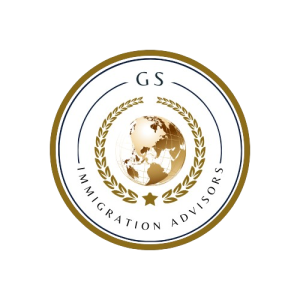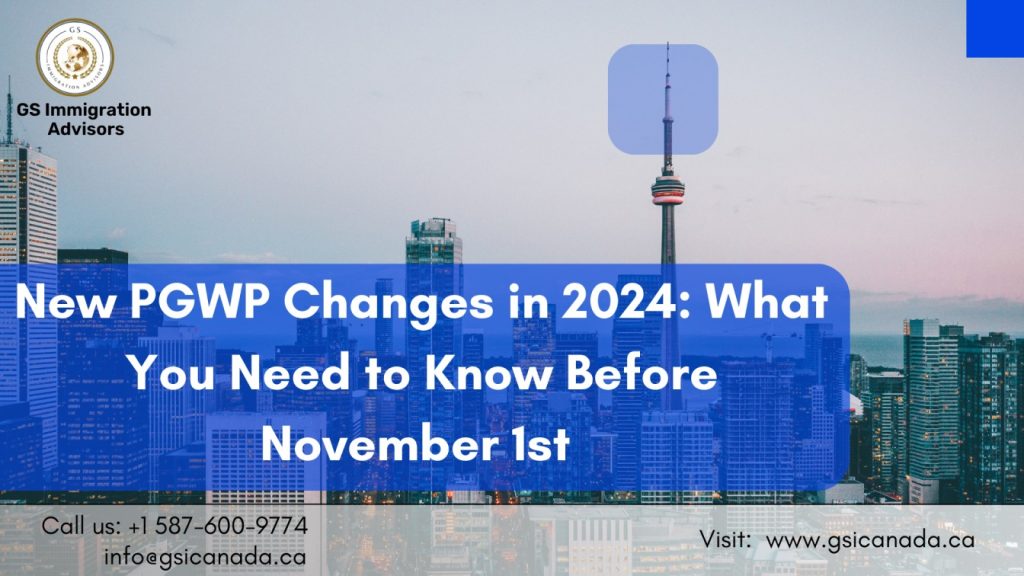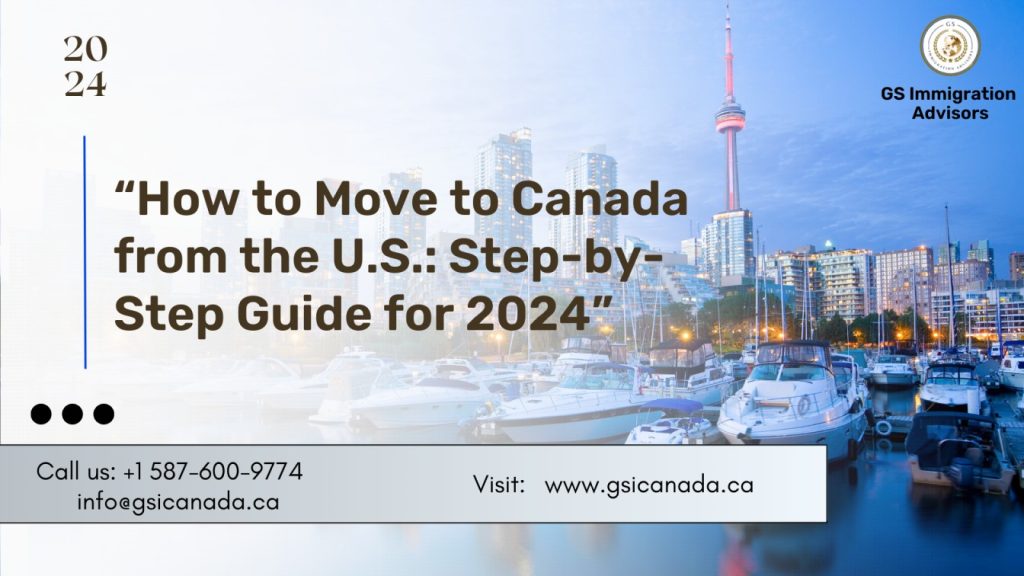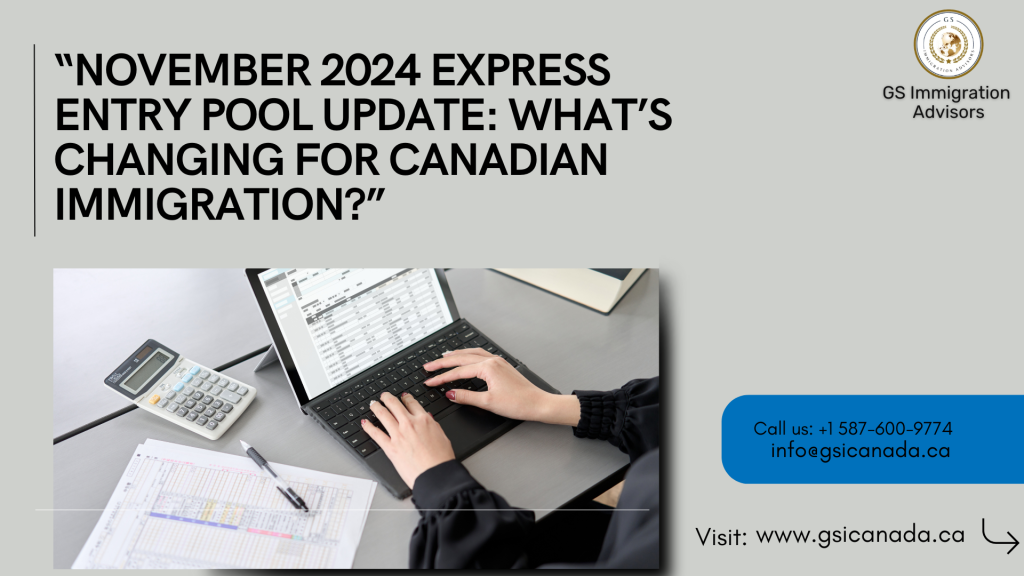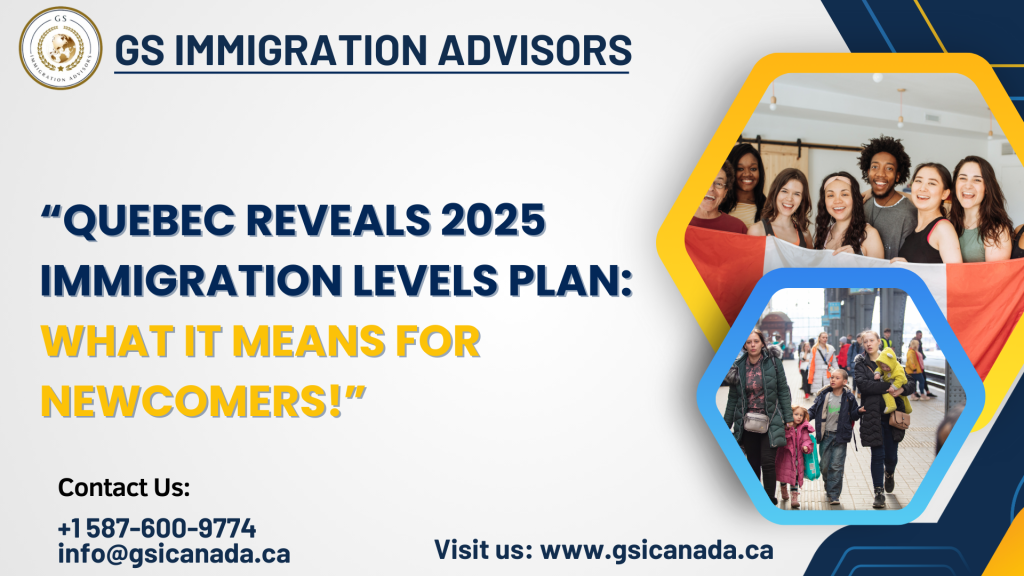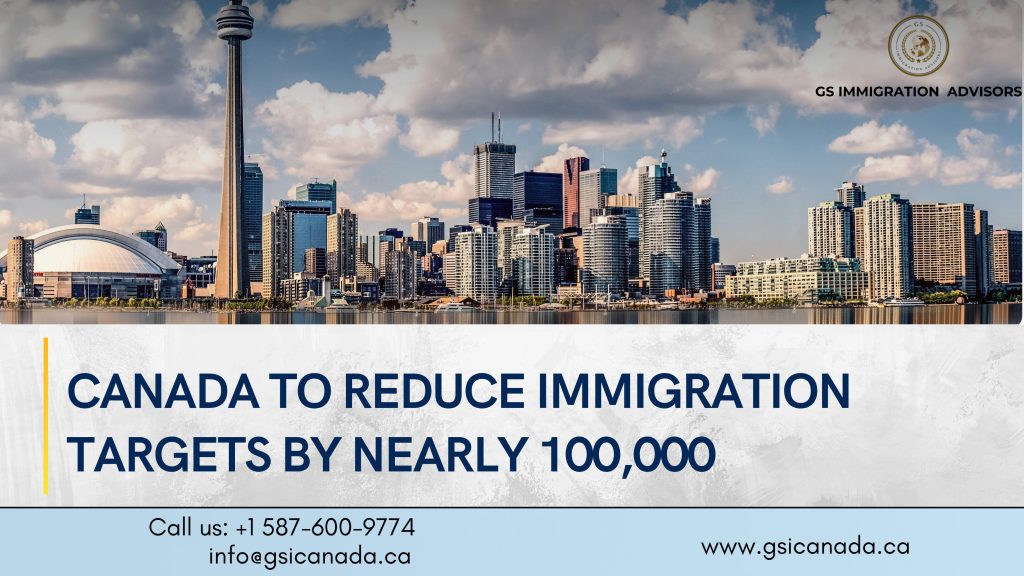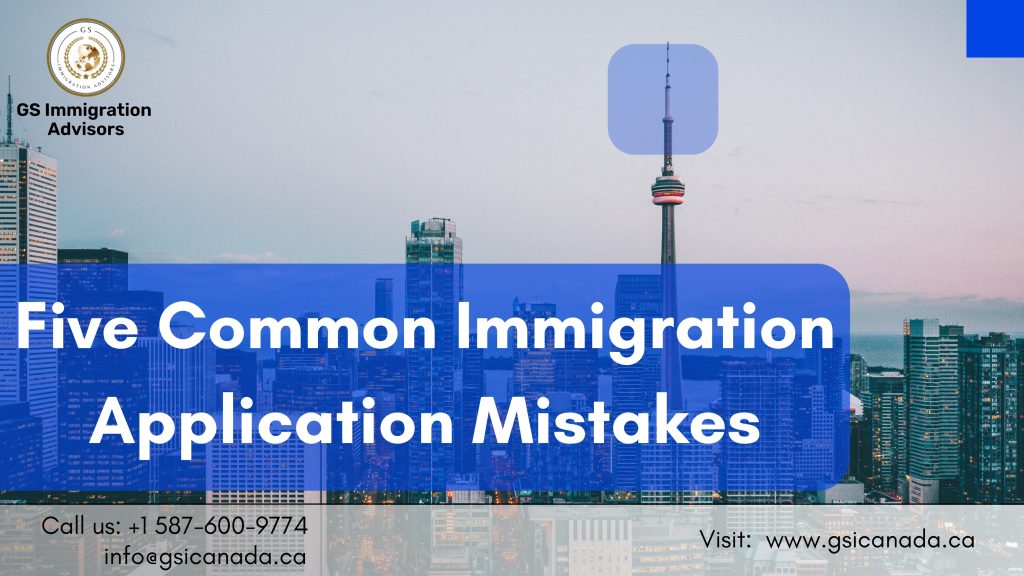New PGWP Changes in 2024: What You Need to Know Before November 1st
The Canadian Post-Graduation Work Permit (PGWP) program has long served as a vital avenue for international students seeking Canadian work experience after completing their studies. This program enables graduates to gain valuable work exposure and potentially transition to permanent residency. However, the PGWP eligibility criteria are undergoing notable changes, with updated guidelines set to take effect on November 1, 2024. Initially announced on September 18, 2023, Immigration, Refugees, and Citizenship Canada (IRCC) has now released a detailed list of study programs that will remain eligible for the PGWP after the deadline. This article provides a thorough overview of these changes, clarifies what remains unchanged, and explains how the new criteria will impact PGWP applicants from November 2024 onward. Discover if You Are Eligible for Canadian Immigration Key Elements That Remain Unchanged While the new rules introduce more specific requirements, certain foundational eligibility conditions for PGWP applicants remain unchanged: 1.Designated Learning Institution Requirement Applicants must still complete their studies at a PGWP-eligible designated learning institution (DLI). Only graduates from these accredited institutions are eligible for the PGWP. 2. Physical Presence in Canada Students are required to be physically present in Canada for most of their program duration. This stipulation remains unaffected by the recent updates. 3. Existing Applications Any PGWP applications submitted before November 1, 2024, will only need to meet the current eligibility criteria, meaning the new rules will not impact these applicants. 4. Flight School Graduates Graduates from eligible flight schools remain exempt from the new criteria, regardless of whether they apply before or after November 1, 2024. New PGWP Eligibility Criteria Effective November 1, 2024 Starting November 1, 2024, all PGWP applicants must meet newly introduced eligibility requirements based on when they submitted their study permit application and their level of education. Here’s a breakdown of these changes: 1. Students Who Submitted Study Permit Applications Before November 1, 2024 If your study permit application was submitted before November 1, 2024, you must meet the following criteria when applying for a PGWP: University Graduates with a Bachelor’s, Master’s, or Doctoral Degree Language Requirement: Applicants must demonstrate English or French proficiency at a minimum of Canadian Language Benchmark (CLB) 7 in reading, writing, listening, and speaking. Graduates from Other University Programs Language Requirement: The same language requirement applies: CLB 7 in English or Niveaux de compétence linguistique canadiens (NCLC) 7 in French across all four skill areas. College or Other Programs Language Requirement: For graduates of college or other programs, a minimum of CLB 5 in English or NCLC 5 in French is required across all four language skills. 2. Students Who Submit Study Permit Applications On or After November 1, 2024 For students who submit study permit applications on or after November 1, 2024, the eligibility criteria become more stringent, particularly regarding language proficiency and field of study: University Graduates with a Bachelor’s, Master’s, or Doctoral Degree Language Requirement: Minimum of CLB 7 in English or NCLC 7 in French across reading, writing, listening, and speaking. Field of Study Requirement: No specific restrictions; all fields of study are eligible for PGWP under this category. Graduates from Other University Programs Language Requirement: Minimum of CLB 7 in English or NCLC 7 in French in all four language skills. Field of Study Requirement: Students must complete a program in a high-demand field in Canada. College Graduates or Other Programs Language Requirement: A minimum of CLB 5 in English or NCLC 5 in French in reading, writing, listening, and speaking. Field of Study Requirement: Only graduates from eligible fields of study tied to occupations facing long-term shortages are eligible. Mandatory General Training English Tests As of the new regulations, language proficiency becomes a crucial eligibility factor for the PGWP. Applicants must prove their language skills in reading, writing, listening, and speaking, with test scores being less than two years old at the time of PGWP application submission. Accepted language tests include: CELPIP (Canadian English Language Proficiency Index Program): CELPIP-General test required. IELTS (International English Language Testing System): IELTS General Training test required. PTE Core (Pearson Test of English): PTE Core test required. Eligible Fields of Study for PGWP After November 1, 2024 The updated PGWP eligibility rules place particular importance on the field of study, especially for college and certain university graduates. IRCC has specified a list of fields aligned with occupations facing long-term labor shortages in Canada. Below are examples of eligible fields: Agriculture and Agri-Food Agriculture, General (CIP Code: 01.0000) Agricultural Business and Management (CIP Code: 01.0101) Agronomy and Crop Science (CIP Code: 01.1102) Greenhouse Operations and Management (CIP Code: 01.0604) Healthcare Veterinary Sciences (CIP Code: 01.8101) Disability Studies (CIP Code: 05.0210) Nutrition Sciences (CIP Code: 30.1901) Exercise Science and Kinesiology (CIP Code: 31.0505) Science, Technology, Engineering, and Mathematics (STEM) Molecular Genetics (CIP Code: 26.0802) Genome Sciences/Genomics (CIP Code: 26.0807) Computer Science (CIP Code: 11.0701) Trade Meat Cutting (CIP Code: 12.0506) Equestrian/Equine Studies (CIP Code: 01.0507) Transport Aircraft Pilot (CIP Code: 49.0102) Marine Transportation (CIP Code: 49.0309) Heavy Equipment Operation (CIP Code: 49.0205) These fields are just a sampling, and the full list of eligible study programs includes a wide range of disciplines. Students are encouraged to consult the Classification of Instructional Programs (CIP) codes for specific programs to confirm PGWP eligibility. Preparing for the PGWP Changes The upcoming changes to Canada’s PGWP program, effective November 1, 2024, introduce additional criteria for international students who wish to work in Canada after graduation. These updates particularly emphasize language proficiency and field-specific qualifications for programs related to Canada’s labor shortages. For students planning to apply for a PGWP after the new rules take effect, consider the following steps: Review Your Program’s Eligibility Ensure that your chosen field of study aligns with the updated PGWP requirements, particularly if you are in a college program or a non-research university program. Prepare for Language Testing If you do not yet meet the required language proficiency levels, consider preparing for the accepted tests, as language skills are now critical to your PGWP application. Consult Advisors
